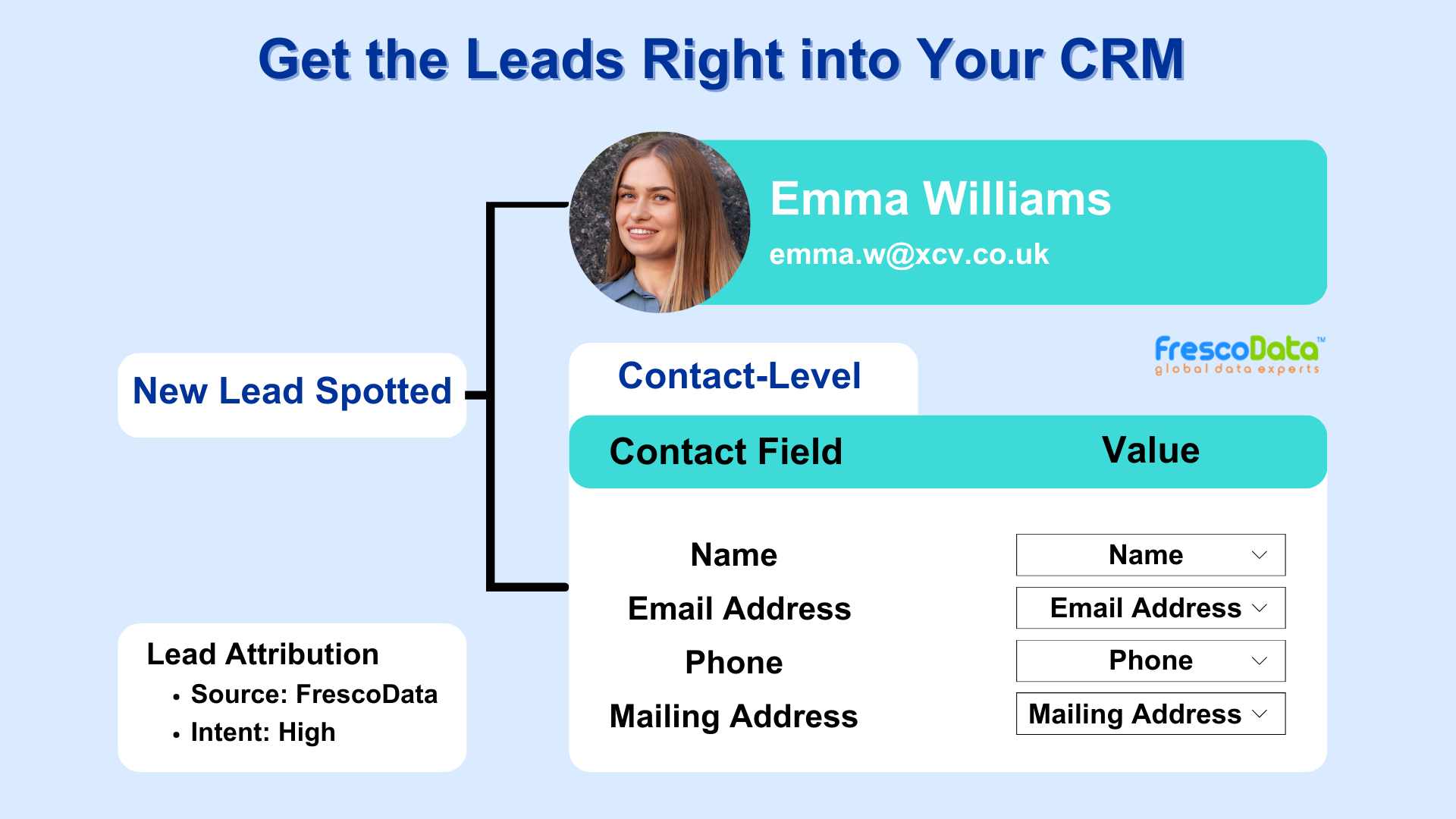What is Multichannel Marketing?
Multichannel Marketing refers to the practice of utilizing multiple channels or platforms to reach and engage with customers across various touchpoints in their journey. These channels can include both digital and traditional marketing channels, such as websites, social media, email, mobile apps, physical stores, direct mail, print advertising, and more.
Key Aspects of Multichannel Marketing

Multiple Channels
It utilizes multiple channels to reach and engage with customers. These channels can include both online and offline platforms, such as websites, social media, email, mobile apps, physical stores, direct mail, print advertising, television, and more.
Customer-Centric Approach
It focuses on meeting the needs and preferences of customers by providing them with choice and convenience in how they engage with the brand. It allows customers to interact through their preferred channels, enhancing their overall experience.
Data and Insights
It relies on data and analytics to understand customer behavior, preferences, and interactions across various channels. This data-driven approach enables marketers to optimize their campaigns, personalize messaging, and measure the effectiveness of each channel.
Flexibility and Adaptability
It requires flexibility and adaptability to respond to changing consumer behaviors, market trends, and technological advancements. Marketers need to continuously evolve their strategies and tactics to effectively reach and engage with customers across multiple channels.
Omnichannel vs. Multichannel Marketing:
Multichannel Marketing
It involves using multiple channels to reach customers, but these channels may operate independently of each other. Each channel offers a separate experience and may not be fully integrated.
Omnichannel Marketing
Omnichannel marketing takes multichannel marketing a step further by providing a seamless and integrated experience across all channels. It focuses on creating a unified customer journey, allowing customers to move effortlessly between channels while maintaining consistency.
Strategies to Improve Multichannel Marketing
Omnichannel Experience
The best way to improve multichannel marketing is by taking it a notch higher to provide a seamless and integrated omnichannel experience across all channels.
Omni-channel marketing aims to connect the customer journey across online and offline channels, allowing customers to transition between channels seamlessly.
Thus, by using omni-channel marketing, you can make it easy for customers to transition between channels without friction.
For example, your customers can start a transaction online and complete it in-store or vice versa. Provide consistent access to product information, inventory availability, and customer support across channels.
Data Integration
Integrate data from various channels to gain a comprehensive understanding of customer behavior and preferences. Use customer data to personalize marketing messages, recommend products, and optimize the customer journey.
Continuous Optimization
Continuously monitor and analyze the performance of each channel to identify strengths, weaknesses, and opportunities for improvement. Use A/B testing, user feedback, and data analytics to refine multichannel marketing strategies over time.
Stay Updated
Recent Blogs

3 Reasons to Buy Email List
Are you hesitant to buy email list for your business? Some would say buying an email list ...
November 18, 2024
Sales Follow-up Email After No Response!
70% of sales reps don’t follow up with prospects after no response. (Source) Are you...
September 2, 2024
5 CTV Advertising Tips to Get The Most Out of It
Connected TV has opened up many interesting opportunities for advertisers, allowing them t...
August 27, 2024